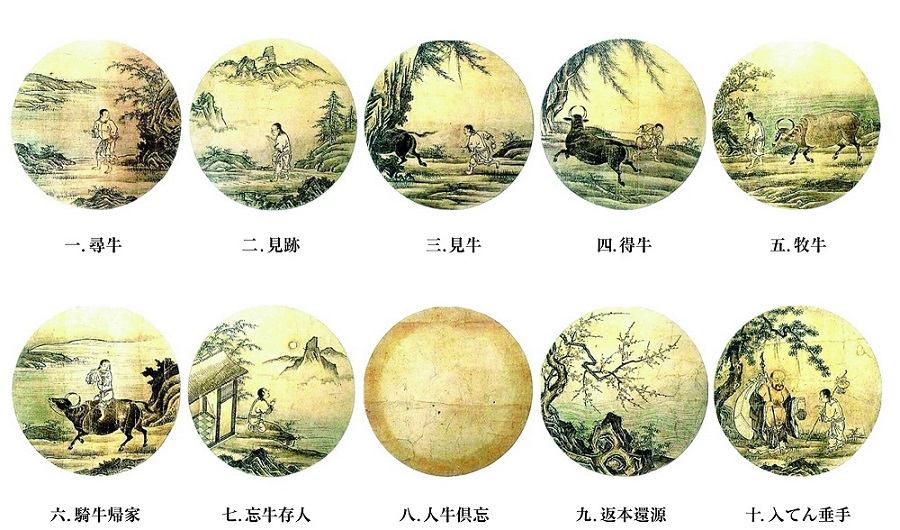[two_third]
Essential Verses of the Bhagavad Gita
Swami Dayananda has chosen 10 verses that summarize the in depth teaching that Krishna imparts to his student Arjuna. These are as follows:
Chapter 2, verse 11
Ashocyaanavasocastvam prajnaavaadamsca bhaasase
Gataasuunagataasuumsca naanushocanti panditah
You are grieving for those who should not be grieved for. Yet you speak the words of wisdom. The wise do not grieve over the dead or the living.
Chapter 2, verse 21
vedaavinaashinam nityam ya enamajamavyayam
katham sa purusaha paartha kam ghaatyatihanti kam
Oh, son of Prtha, the one who knows this (self) to be indestructable, timeless and unborn, and not subject to decline, how and whom does that person kill? Whom does he cause to kill?
Chapter 2, verse 55
prajahaati yadaa kaamaansarvaanpaartha manogataan
Atmanyevaatmanaa tustaha sthitaprajnastadocyate
Oh Partha, when one gives up all desires arising in the mind,
satisfied in the Self by (the knowledge of) the Self, then one is called wise.
Chapter 9, verse 4
Mayaa tatamidam sarvam jagadavyaktamuurtinaa
Matsthaani sarvabhuutaani na caaham tesvavasthinah
The whole world is pervaded by Me, by My unmanifest form. All beings exist in me, but I do not dwell in them.
Chapter 3, verse 3
Loke smindvividha nisthaa puraa proktaa mayaanagha
jnaanayogena sankhyaanaam kaarmayogena yoginaam
In this world, O sinless one, at the beginning of creation, the two fold pursuit was enunciated by Me; the pursuit of knowledge for the contemplative ones and the pursuit of action for the active ones.
Chapter 2, verse 47
Karmanyevaadhikaaraste maa phaeshu kadaachana,
Maa karmaphalahetubhuurmaa te sangostvakarmani
You have freedom in (performing actions) and never in the results thereof. May you not become the author of the results of action, nor may you have attachment for inaction.
Chapter 18, verse 46
Yatah pravrttirbhuutaanaam yena saarvamidam tatam
Svakarmana tamabhyarcya siddhim vindati maanavah
The one from whom is the creation of all beings and by whom all this is prevaded: worshipping Him by one’s own duty, man attains perfection (purification of heart).
Chapter 5, verse 6
Sannyaasaastu mahaabaho dukhamaaptumayogatah,
Yogayukto munirbrahma na cirenaadhigacchati
Renunciation (characterized by wisdom), on the other hand, O mighty one, is difficult to attain without the preparation of karmayoga. The contemplative one endowed with a tranquil mind soon attains sunyaasa
Chapter 5, verse 13
Sarvakarmaani manasaa sannyaasyaaste sukham vasti,
Navadvaare puree dehii naiva kurvanna Kaarayan.
Having renounced all the actions by discriminative knowledge, the embodied one (the wise man) with senses under control, rests happily in the city of the nine gates, neither acting, nor causing another to act.
Chapter 18, verse 66
Sarvadharmaanparityajya maamekam saranam vraja
Aham tvaa sarvapaapebhyo moksayisyaami maa shucah
Giving up all actions, surrender to me alone. I will liberate you from all sins (bondage). Do not grieve.
[/two_third]
[one_third_last]
Related Links
Yoga in the Gita
Sthita Prajña (Stable Wisdom)
Summary of the 18 Chapters
[/one_third_last]


